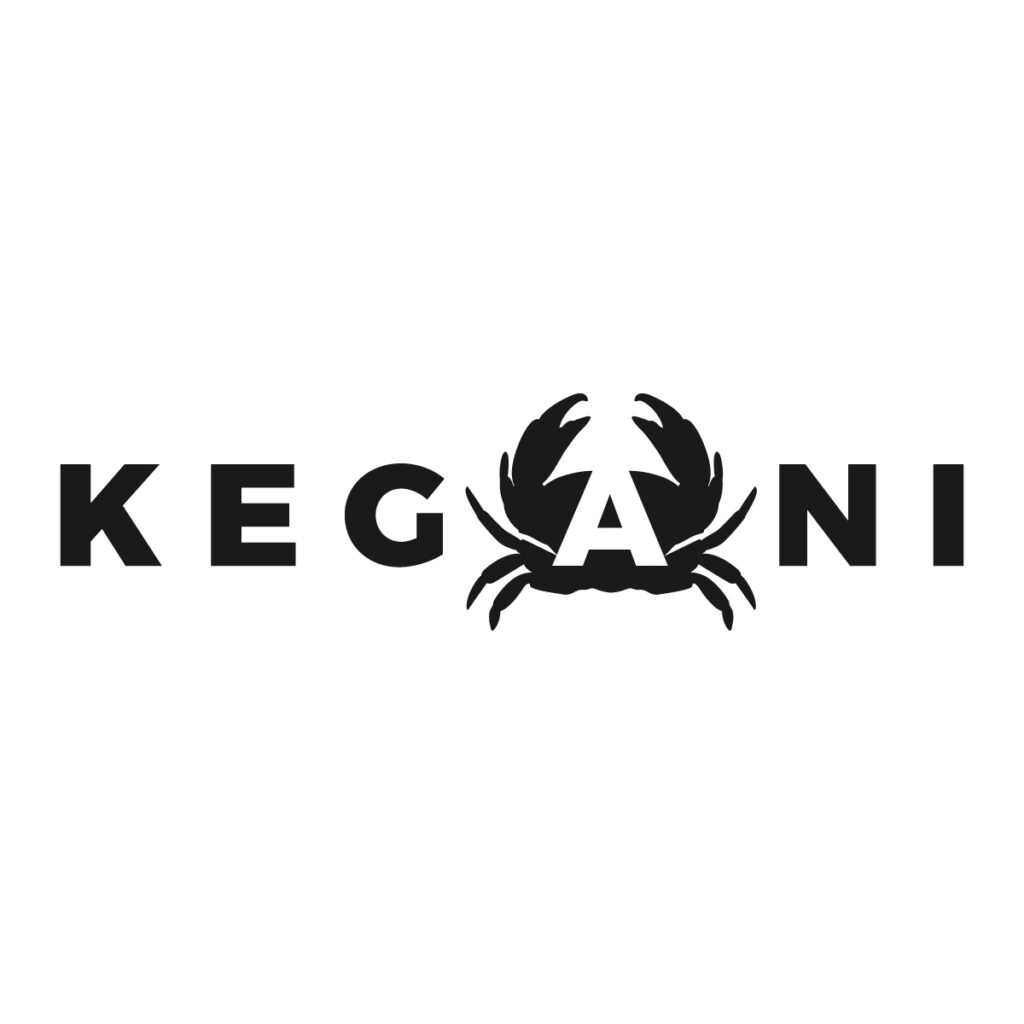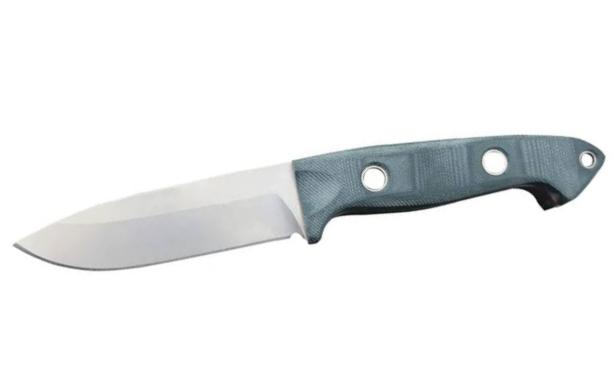420HC and S30V — one champions affordability and reliability, the other represents premium performance. Despite their vastly different tiers, both are widely adopted by major brands like Buck Knives.
Sellers and users constantly debate: “Is S30V worth the premium?” “Where does 420HC still outperform?”
This article delivers a data-driven, side-by-side comparison to help you understand each steel’s unique strengths — so you can better position your products and guide your customers with confidence.
Steel Overview
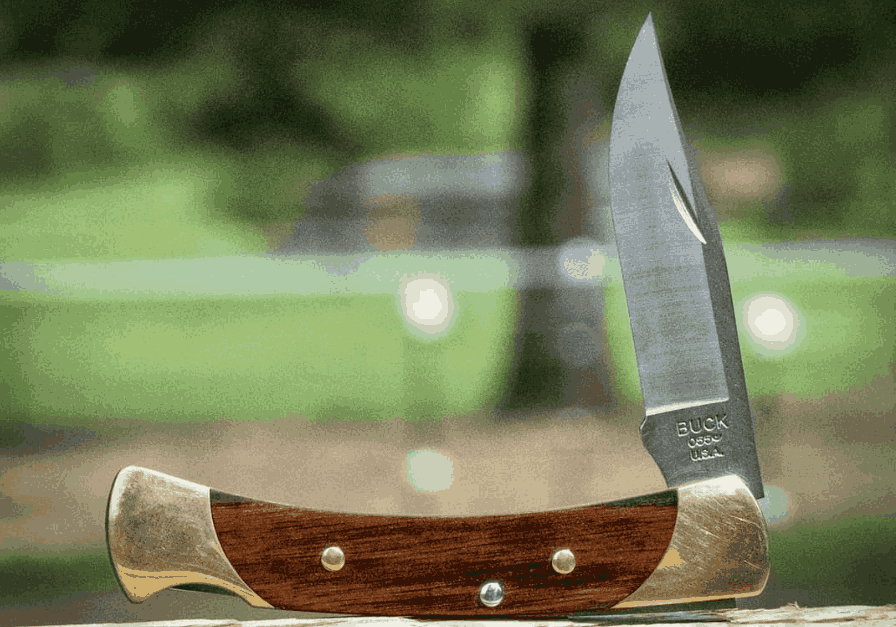
420HC: The Budget Workhorse Perfected
420HC is an upgraded mid-tier stainless steel developed by American mills like Latrobe. It gained fame in the late 20th century thanks to Buck Knives, who pushed its limits through Paul Bos heat treatment. Known for its exceptional corrosion resistance, easy sharpening, and low cost, it’s ideal for entry-level and mass-produced knives where value and durability matter most.
S30V: The First Purpose-Built Super Steel
Developed in 2001 by Crucible Industries in collaboration with legendary knifemaker Chris Reeve, S30V was the world’s first powder-metallurgy stainless steel designed specifically for cutlery. With high levels of carbon, vanadium, and molybdenum, it delivers superior edge retention, wear resistance, and balanced toughness — making it a staple in premium EDC, tactical, and collector-grade knives.
420HC vs S30V: Chemical composition breakdown
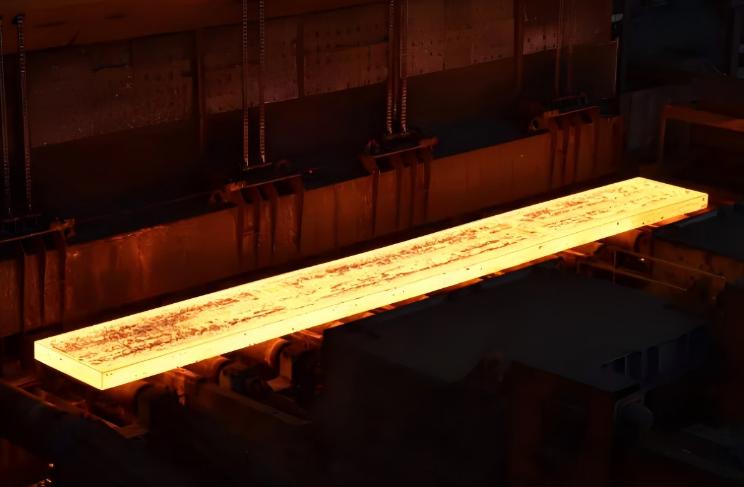
| Element | 420HC | S30V | Function |
|---|---|---|---|
| Carbon (C) | 0.46% | 1.45–1.48% | Increases hardness & wear resistance |
| Chromium (Cr) | 13.00% | 14.00% | Enhances corrosion resistance |
| Vanadium (V) | 0.30% | 4.00% | Forms hard carbides for edge retention |
| Molybdenum (Mo) | 0.00% | 2.00% | Improves strength & corrosion resistance |
| Manganese (Mn) | 0.40% | 0.50% | Aids hardenability |
| Silicon (Si) | 0.40% | 0.50% | Strengthens matrix, aids deoxidation |
Key Differces:
- S30V: Thanks to its high carbon and vanadium content, this powdered steel is exceptionally hard and holds an edge for a very long time. The downside? It’s much more difficult to sharpen.
- 420HC: With a simpler alloy mix, this steel is easier to manufacture, resulting in consistent quality at a lower cost. It’s also much easier for the user to sharpen.
- Rust Resistance: Although both are stainless, 420HC offers better corrosion resistance. Its lower carbon content leaves more chromium “free” to actively fight off rust.
Start Working with a Professional Now
Performance Comparison: 420HC vs S30V
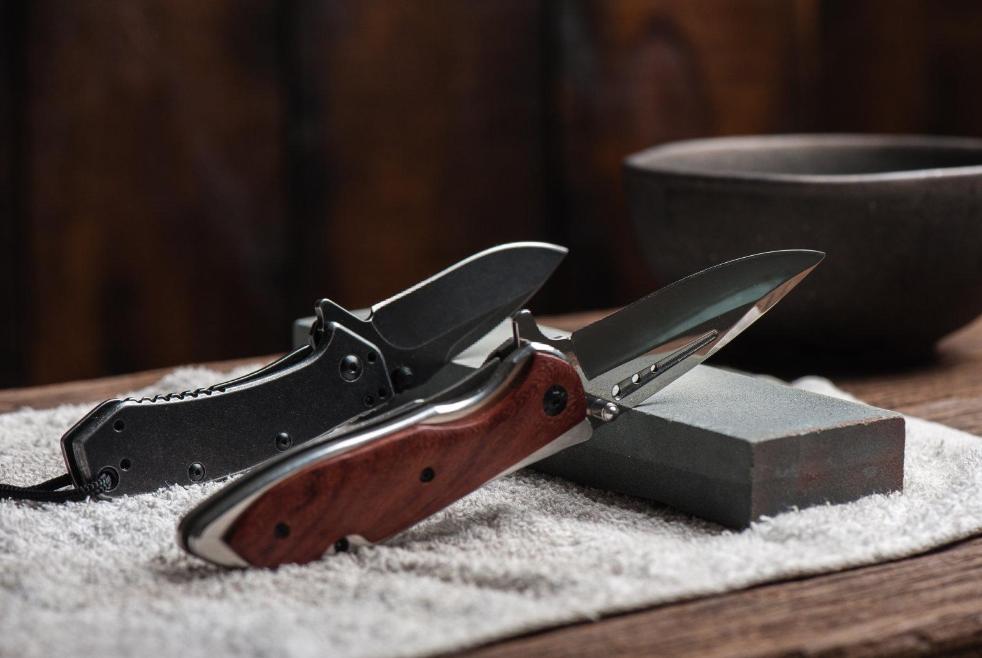
| Performance | 420HC | S30V |
|---|---|---|
| Corrosion Resistance | Excellent | Very Good |
| Hardness | 56-58 HRC | 58-61 HRC |
| Toughness | Outstanding | Moderate |
| Edge Retention | Fair | Excellent |
| Sharpenability | Very Easy | Moderate/Difficult |
| Price (US Market) | $20-$50/knife | $80-$200+/knife |
Corrosion Resistance
- Thanks to its 13% chromium and relatively low carbon, 420HC offers outstanding corrosion resistance. It’s forgiving — even prolonged exposure to moisture or blood rarely causes rust. Ideal for marine, hunting, or humid environments.
- S30V contains 14% chromium and is also truly stainless. However, its higher carbon forms more chromium carbides, slightly reducing “free” chromium available for rust protection. While still highly resistant, it may show surface spotting if not cleaned promptly.
According to Knife Steel Nerds’ standardized scoring: 420HC scores 8.0 — higher than S30V’s 7.5.
Hardness & Edge Retention
- 420HC: Typically hardened to HRC 56–59 (Buck’s heat treatment consistently hits the upper end). Edge retention score: 2.5/10. In daily use — cutting cardboard, plastic, or meat fibers — it dulls quickly and requires frequent touch-ups.
- S30V: Hardened to HRC 58–61, with an edge retention score of 6/10. It lasts 2–3x longer between sharpenings than 420HC — which is why it’s the gold standard for premium EDC knives.
Toughness
This is the most surprising gap: 420HC scores a near-perfect 9.0 for toughness — tied with AEB-L as the toughest stainless steel tested. S30V sits at 4.0 — adequate for slicing, but vulnerable to chipping under heavy impact.
In real-world abuse — drops, prying, batoning — 420HC tends to roll or deform rather than chip. Perfect for survival or tactical backup blades. S30V’s hard vanadium carbides can micro-fracture under extreme stress.
Ease of Sharpening
- 420HC: Extremely easy to sharpen. A basic pocket stone or ceramic rod restores a razor edge in minutes — ideal for field maintenance or beginner users.
- S30V: Due to its hard vanadium carbides, standard abrasives struggle. Requires diamond plates or ceramic rods, and significantly more time and skill. Higher long-term maintenance cost.
Recommended Use Cases
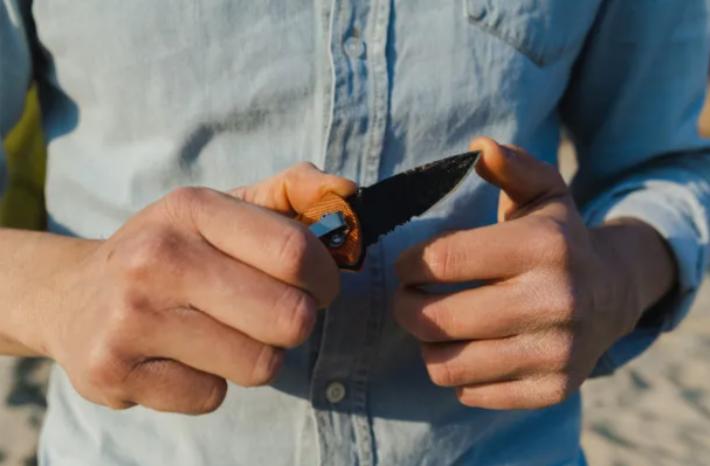
EDC & Folding Knives
- 420HC: The perfect choice for daily carry folders. Its toughness handles light prying or accidental impacts without chipping. Superior corrosion resistance means less maintenance — just wipe and go. Easy sharpening lets users refresh the edge anytime. Ideal for users who prioritize reliability and low upkeep over peak cutting performance.
- S30V: Built for enthusiasts and professionals who demand lasting sharpness. Excels in slicing tasks and can stay sharp for weeks under typical EDC use. Best for users who value cutting performance and already own advanced sharpening tools.
Hunting Knives
- 420HC: A classic — and arguably superior — choice for many hunters. Handles skinning and quartering with ease. When contacting bone or tough hide, its high toughness prevents chipping, while its easy sharpenability allows field repairs. Corrosion resistance is a major plus when processing game in wet, bloody conditions. Understand knife anatomy with our Parts of a Hunting Knife visual guide.
- S30V: Offers the advantage of processing multiple animals without resharpening — a huge benefit for guides or multi-day hunts. However, striking bone increases chipping risk, and without diamond stones, field sharpening is nearly impossible.
Tactical & Survival Knives
- 420HC: Highly recommended for survival blades. In life-or-death scenarios, reliability is non-negotiable. 420HC’s outstanding toughness makes it safe for batoning, chopping, and heavy-duty tasks where blade failure is catastrophic. The ability to sharpen it on any river rock is priceless. Learn safe carry methods in our How to Carry a Fixed Blade Knife guide.
- S30V: Excellent for tactical folders where slicing precision and edge longevity are critical. A reliably sharp blade is a tactical asset. But for fixed blades used in prying or brute-force tasks, its lower toughness compared to 420HC can be a liability.
Conclusion
420HC and S30V represent two distinct philosophies in knife steel design. Neither is universally “better” — they serve different purposes and users.
420HC stands out for its exceptional toughness, outstanding corrosion resistance, and effortless maintenance. It’s the perfect choice for budget-conscious buyers and applications where durability and reliability in harsh conditions outweigh long-term edge retention.
S30V is a high-performance steel engineered for maximum edge retention. It’s ideal for enthusiasts and professionals who prioritize cutting performance and are willing to invest more in both the knife and its upkeep.
For knife sellers, understanding this trade-off is key to building a successful, well-positioned product line.
Related Reading
Start Working with a Professional Now
Partner With Us for Your Knife Manufacturing Needs
At Keganico.com, we have deep experience working with all types of steel — from reliable workhorses like 420HC to premium alloys like S30V. We offer professional OEM services, private label solutions, and wholesale programs to help you build knives that perfectly match your brand vision and customer needs.
Our expertise in material selection, heat treatment, and blade geometry ensures you get the best possible performance from your chosen steel.
Ready to build your next bestseller?
Contact us today for a free quote — let our experts guide you through your next project!
